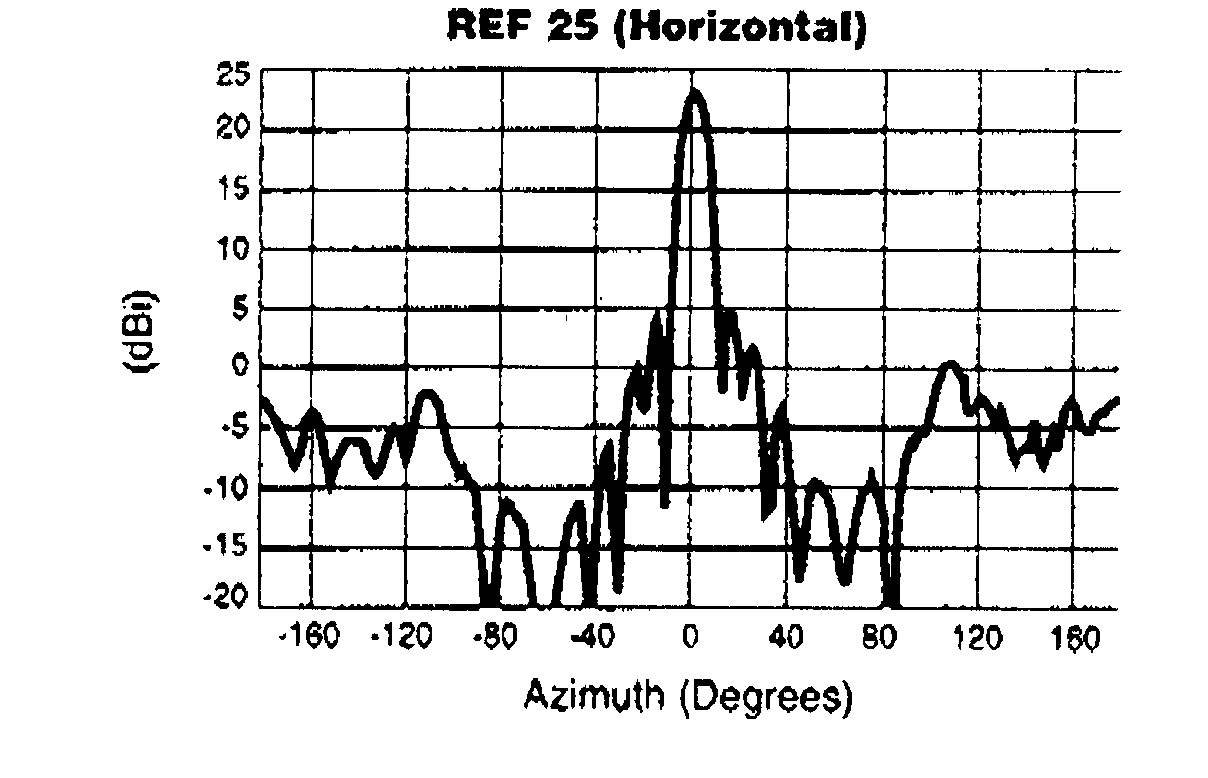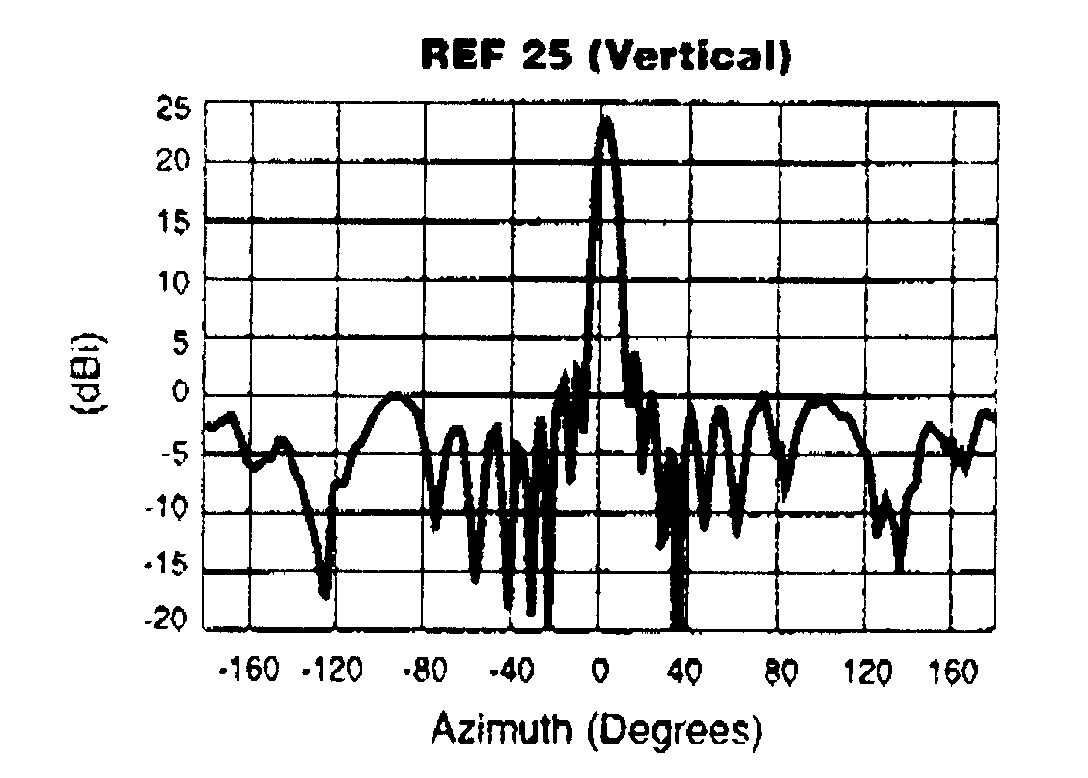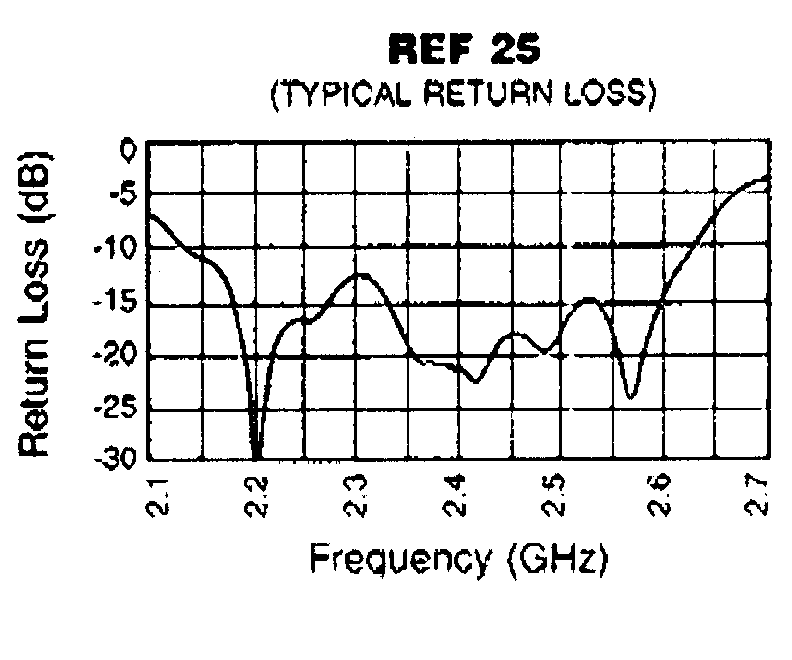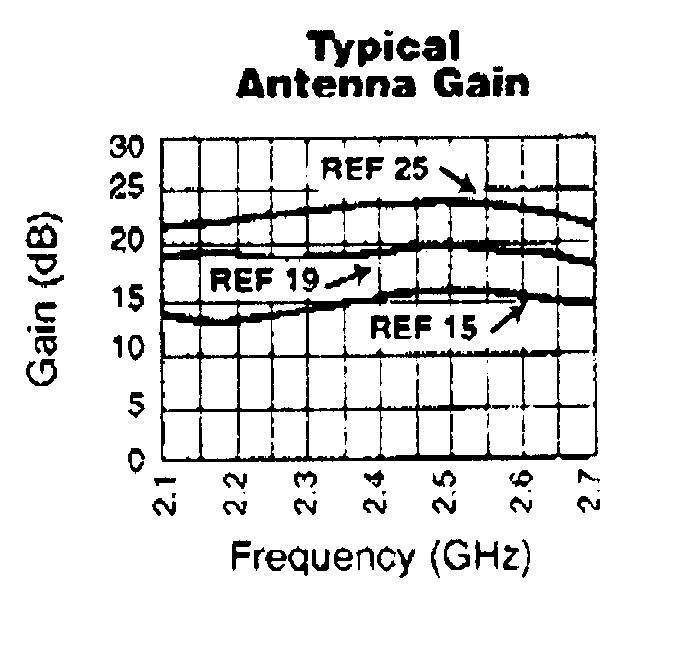2.4 GHz Gain antennas
There are some times when you want a little more performance out of a 2.4 GHz system than you get in its standard form. Most 2.4 GHz systems use either a small vertical antenna which contains a dipole or a small patch antenna which most probably will be circularly polarised ie right hand or left hand circular and a gain of up 3.0dBi (The patch antenna ,often seen as a large plastic paddle on some equipment, does exhibit directivity and gain but it must be made of good quality materials to perform well ) The way to improve range is to increase the overall system gain for example increase the radiated power of the transmitter and to increase the amount of received signal at the receiver. Since modifying the transmitter for more RF out is fraught with difficulties at this frequency, the easiest way is to use a better more efficient antennas to increase the system performance. However before doing this there are a few things to think about.
Antenna gain: What range will I get ? There is a rule of thumb when calculating range, it is not exactly accurate but a close approximation. To double the range of a transmitter or an operational system you must quadruple the power , in RF engineering terms that is equivalent to 6 dB (4 times) 3dB is two times -3 dB is half -6 dB is a quarter etc . If I have a 100 mW transmitter and receiver set up that goes 1 Km, I need to boost my transmitter power by 4( 400mW) to go 2 Km. I have increased the system gain by 6 dB. Working in dB is very easy because it is a logarithmic term ,one merely adds or subtracts them to get answers. Try to think in terms of system gain (can be negative or positive) when talking of range of a transmitter and receiver. add 6dB to a system, doubles the range, add 12 dB to a system quadruples the range etc . system gain can be achieved easily two ways.... 1,boost transmitter power ..2,add gain antennas. Adding gain antennas is the easiest and most efficient way (usually the cheapest too). For example, if you add to your system that goes 1 Km ,an antenna which has a gain of 12 dB, then that has improved your system by 16 times ,which equates to quadrupling the range! (4 times) doesn't matter if the antenna is added at the receiver or the transmitter. If you used two antennas which each had a gain of 3 dB, this equates to increasing the system gain by 6 dB (3+3). if you have an amplifier after the transmitter with a gain of 6 db then you have improved the system by 6 dB and quadrupled the range . Likewise if you add some coax between the antenna of the receiver that has a loss of 6 dB (minus 4 times) then you will knock you range down to a quarter of its previous value (250 meters). This is why at 2.4 GHz it is important to have as little length of coax as possible. Standard RG58 50 ohm coax soaks up RF signal like a sponge at this frequency. We call it lossy, ie there will be less rf coming out the end of the cable to do its job. check out these excellent websites for more reading on the subject in greater detail http://www.swisswireless.org/wlan_calc_en.html and http://www.ydi.com/calculation/index.php http://www.tapr.org/tapr/html/ve3jf.dcc97/ve3jf.dcc97.html it is an excellent article on the nature of radio waves and propagation at uhf/shf it has so much useful information !
Interference: Directional antennas can be boon or bust devices. If you have a good signal path with your standard omnidirectional antennas but you are suffering interference, then you could use some form of directional antenna to try to reject or ignore this interference. A poor choice of gain antenna can make objectional interference worse! Do you put your directional gain antenna on the receiver or on the transmitter to override the problem? Are you going to interfere with someone else? FM enables us to make large signal performance gains with small increases in signal levels, this phenomenon is called "capture effect" and it is readily seen in FM situations. This is readily seen when driving in the car. A commercial FM radio station you are listening to on the car radio is suddenly taken over by another on the same frequency it is not a gradual process but occurs rapidly with a small increase if received signal typically 3-6 dB. We can exploit the capture effect to our advantage, if we can get our wanted signal on a same channel to the interferring one 3-6 db stronger than the interfering frequency, then we can almost completely suppress its effect on our signal! So do we put the gain antenna? at the transmitter or the receiver?
13dBd loop yagi
shown is the 23 dBi Parabolic reflector, the 19dbi is half its size
Sometimes the pure directivity of the gain antenna is enough to reject an interfering carrier if it its source is not within the "bore sight" of the antenna. However if it is, then we must produce a wanted signal which is strong enough to "capture" the interference. Our gain array must go on the transmitter. It is preferable to place gain antennas on the receiver .This stops the unnecessary un required levels of rf, possibly causing interference to other co-users of the band . One should use just enough signal to produce the desired result and the receiver may be into "limiting". Once achieved, then any increase in signal levels may not contribute to the overall quality of the pictures. Since most of the 2.4 GHz use is for short hop situations i.e 100s of meters, the "fade factor " can usually be dismissed in the overall equation.


parabolic antenna polar plot ( gain verses directivity ie how directional the antenna is)


How well the antenna matches 50 Ohms Antenna gain over a range of frequencies
Performance graphs of the 23 dBi parabolic antenna
Both antenna include mounting hardware, U bolts etc.to clamp to 50mm water pipe . The 13dBd loop yagi is not really built for remaining out in the weather, it could do with some sort of protection, like mounting it in a length of square PVC tubing with sealed ends. Check that the PVC is "RF" suitable by cooking it in the microwave first to see if it gets warm after a few minutes, if it does, it may be an unsuitable material and end up by absorbing signal thus making the PVC shrouded antenna lossy!
The Parabolic antennas reflectors are powder coated and the mounting hardware, galvanised. except where it has been chopped out of galvanised plate ie the edges. However I would recommend a liberal coating of some sort of anti corrosion protection on all exposed galvanised metal such as an aerosol spray inhibitor like CRC brand "SoftSeal" or equivalent.
Feedline: Use as little of it as you can, as the losses of coax at 2.4 GHz can be horrendous (unless you use very high quality hardline coax and expensive connectors). Try to keep you coax as short a run as possible as feedline loss will soon gobble up any of that precious antenna gain and your system performance will suffer.
The 13 dBd loop yagi is NZ $100 plus gst
19 dBi Parabolic antenna is NZ $205 plus gst
23 dBi Parabolic antenna is NZ $305 plus gst
(freight is at customers cost)
Pinfold Health Services Ltd.,1172, Arawa st, Rotorua 3201,New Zealand. ph +64-7-3488850 fax +64-7-3486555 pinfold@xtra.co.nz